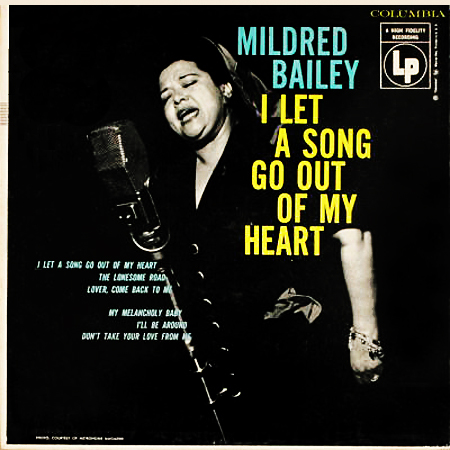 |
| Lessons: Read the recommended dosages of your marijuana edibles. Don't leave family members suffering from cannabis-induced psychosis alone. Make sure you don't have access to a firearm while you are tripping your face off. |
CBS-Denver
"The family of a Tulsa, Oklahoma, man who shot himself Saturday night in Keystone is blaming his suicide on his ingestion of edible marijuana candies.
“It was completely a reaction to the drugs,” Kim Goodman said about her son Luke’s Saturday night suicide.
Luke Goodman’s death is now the third death in Colorado linked to marijuana edibles.
The 23-year-old college graduate was in the midst of a two-week ski and snowboard vacation with family members [!]. Saturday afternoon he and his cousin, Caleb Fowler, took a bus from Keystone to Silverthorne where Fowler says they bought $78 worth of edibles and marijuana.
“He was excited to do them,” Fowler told CBS4.
When the young men got back to Keystone, Fowler said they began ingesting the edible pot. He said his cousin favored some peach tart candies, each piece of candy containing 10 mg of the active ingredient in marijuana, the recommended dose for an adult consuming an edible.
But when Goodman consumed several and experienced no immediate effects he kept gobbling them up.
“Luke popped two simultaneously” after the first two didn’t seem to do anything, said Fowler.
Then he said Goodman took a fifth candy, five times the recommended dose. His mother says her son likely didn’t see the warning on the back of the container which says, “The intoxicating effects of this product may be delayed by two or more hours … the standardized serving size for this product includes no more than 10 mg.”
Several hours later Fowler said his cousin became “jittery” then incoherent and talking nonsensically.
“He would make eye contact with us but didn’t see us, didn’t recognize our presence almost. He had never got close to this point, I had never seen him like this,” Fowler said.
Fowler says Goodman became “pretty weird and relatively incoherent. It was almost like something else was speaking through him.”
When family members left the condo [They left the condo? To do what? Ski?] Goodman refused to join them. After they left he got a handgun that he typically traveled with for protection [from what??], and turned it on himself.
Summit County Coroner Regan Wood says the preliminary cause of death is a self-inflicted gunshot wound."





















